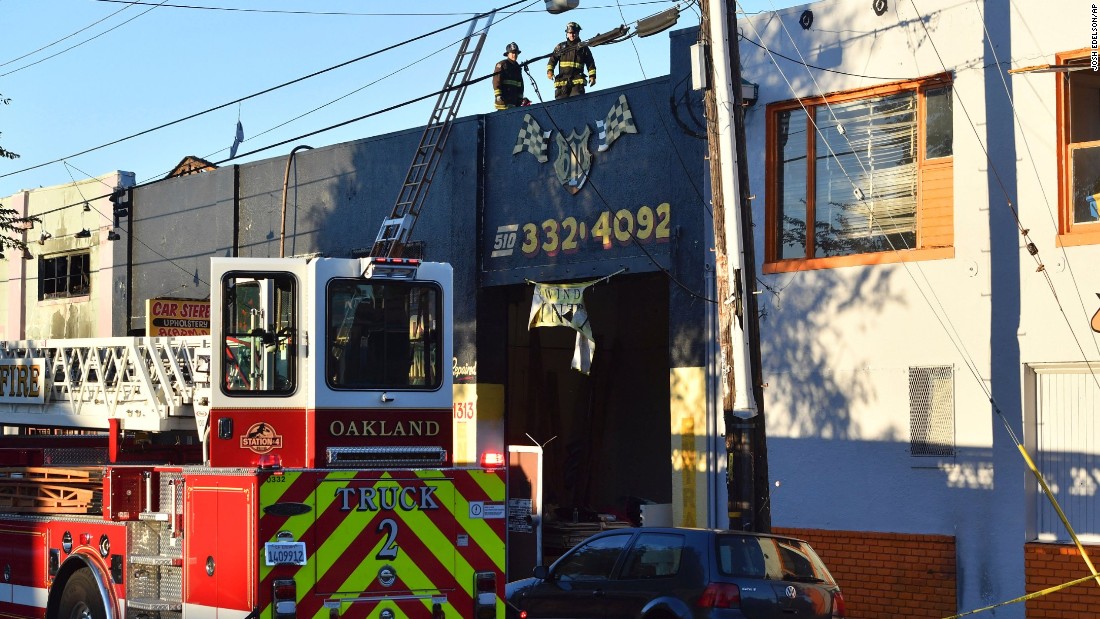- What was the Ghost Ship?
- How you can help
- Desperate search for loved ones
- In pictures: The deadly fire
- Before and after the fire
What was Oakland’s Ghost Ship?

(CNN)As far as city officials in Oakland, California, were concerned, the dilapidated two-story structure at 1305 31st Avenue with the cracked, rusting facade was a warehouse in disrepair.
The building’s owner received a citation in November for hazardous trash and debris surrounding the building, the second such complaint in two years. Zoning officials were also investigating complaints of illegal construction on the property.
To the artists who lived and worked there, the “Ghost Ship” was a coveted haven in the Bay Area’s gentrifying landscape of skyrocketing rents and disappearing artist spaces.
On Friday night, it became the scene of one of Oakland’s most devastating fires in recent memory.
“It was a beautiful space that allowed artistic gatherings to happen,” said Bay Area artist Chris Dunn, who last attended an event there in 2015. “There’s not enough spaces for this kind of artistic expression of music and gathering.”
Live-work warehouses are becoming increasingly common in urban areas as the rising real estate market squeezes out artists and longtime residents of formerly bohemian enclaves including San Francisco and Oakland.
As more people seek refuge in the warehouses amid the housing shortage, the harder it gets to keep everything up to code, Dunn said.
“To have that type of living space totally aboveboard, [landlords and tenants] would be completely priced out,” he said. “There is a fear if someone blows the whistle on a safety issue that it’s going to lead to them being evicted, because there’s so much money tied up in real estate,” he said.
Warehouse parties are a staple of vibrant arts communities around the world without the same tragic ending, he pointed out. He hopes this case leads to constructive dialogue between the city and community stakeholders about creating safe spaces for the arts. The worst thing that could happen would be a “draconian” crackdown on remaining spaces that forces artists onto the streets, he said.
“There’s a very delicate balance going on,” Dunn said, “but clearly it’s gone too far in the wrong direction in this situation, where the unregulated nature of the warehouse turned into tragedy. That can’t continue.”
Read more: http://www.cnn.com/2016/12/05/us/california-oakland-fire-ghost-ship-warehouse/index.html











